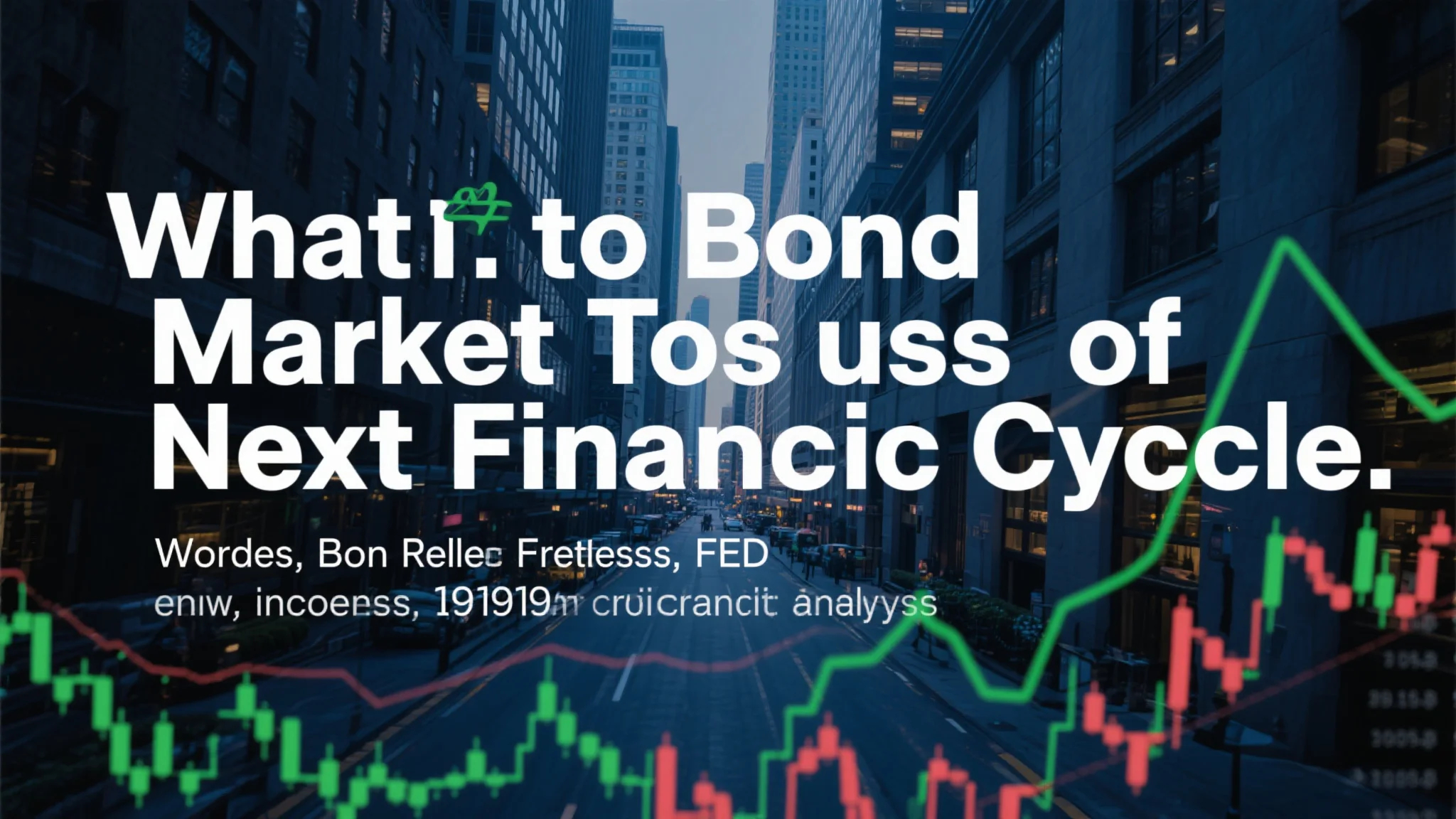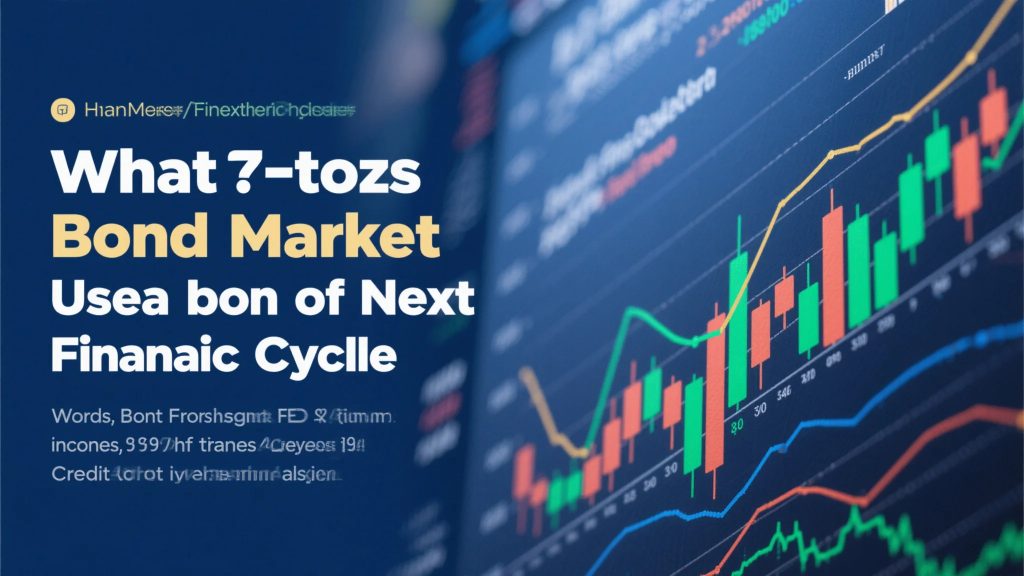
What the Bond Market Tells Us About the Next Financial Cycle
When interpreting the bond yield forecast, investors should consider structural changes in market dynamics, including central bank balance sheet policies and foreign investor demand. The relationship between nominal yields and inflation expectations provides crucial information about real returns that drive investment decisions across asset classes.
Fed Interest Rate Policy Implications
The Federal Reserve’s Fed interest rate policy remains the dominant factor influencing fixed income markets. As policymakers navigate between inflation control and economic growth objectives, bond investors must anticipate potential shifts in the terminal rate and the pace of quantitative tightening. The most successful strategies incorporate multiple policy scenarios.
Positioning portfolios around Fed interest rate policy requires understanding the lag effect of monetary policy changes. Financial markets often react before the full economic impact becomes apparent. Many institutional investors now use advanced analytics to model various policy paths and their potential market impacts.
Fixed Income Trends to Watch
Emerging fixed income trends include growing demand for inflation-protected securities and increased interest in corporate bond markets. The search for yield has driven many investors toward higher-quality junk bonds, though credit risk assessments remain crucial. Sector rotation within fixed income has become more pronounced as economic uncertainty persists.
When analyzing fixed income trends, focus on fund flows, issuance patterns, and relative value opportunities across different bond market segments. The most comprehensive approaches consider both technical factors and fundamental credit analysis. Regular portfolio rebalancing helps capture evolving opportunities while managing risk.

Inflation Expectations and Bond Valuation
Market-based inflation expectations derived from Treasury Inflation-Protected Securities (TIPS) spreads provide valuable insights for bond investors. The breakeven inflation rate reflects the market’s consensus view of future price increases, which directly impacts nominal bond yields. Understanding these dynamics is essential for proper portfolio construction.
Monitoring inflation expectations requires distinguishing between short-term price shocks and persistent inflationary trends. Many fixed income managers now incorporate inflation expectation metrics into their duration management strategies. The most sophisticated approaches use derivatives to hedge against unexpected inflation surprises.
Credit Market Analysis Techniques
Comprehensive credit market analysis examines both corporate bond spreads and loan market conditions. The relationship between high-yield and investment-grade debt provides signals about market risk appetite. Credit default swap spreads offer additional insights into perceived default probabilities across different industries.
When conducting credit market analysis, consider both top-down macroeconomic factors and bottom-up company fundamentals. The most successful credit investors combine quantitative models with qualitative assessments of management quality and industry dynamics. Regular monitoring of covenant quality and refinancing risks is particularly important in volatile markets.
Building a Resilient Fixed Income Portfolio
The most successful bond investors combine analysis of the bond yield forecast with understanding of Fed interest rate policy implications. They track emerging fixed income trends while monitoring inflation expectations and conducting thorough credit market analysis.
This multi-dimensional approach helps navigate uncertain markets while capturing opportunities across different fixed income sectors. Regular portfolio reviews ensure strategies remain aligned with evolving market conditions and risk tolerances.
Implementing Your Bond Market Strategy
Proper implementation requires coordination between portfolio managers, credit analysts, and risk management professionals. Asset allocations must reflect both current market conditions and longer-term economic trends. Beginning the process with clear investment objectives ensures consistency during periods of market stress.
By understanding these bond market dynamics, investors can position their portfolios to weather various economic scenarios. The combination of disciplined analysis and flexible execution creates opportunities regardless of how the next financial cycle unfolds.


